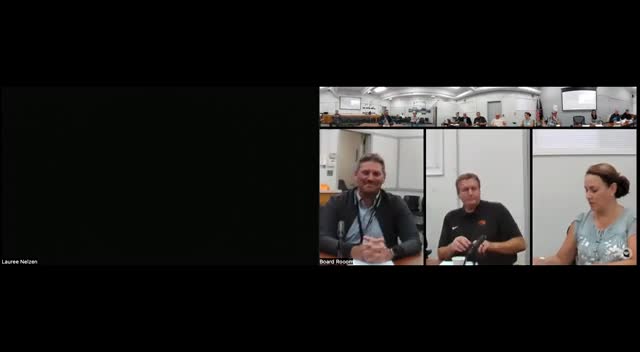School district tackles student hunger crisis head on
August 22, 2024 | Molalla River SD 35, School Districts, Oregon
This article was created by AI summarizing key points discussed. AI makes mistakes, so for full details and context, please refer to the video of the full meeting. Please report any errors so we can fix them. Report an error »

In a recent government meeting, officials discussed the ongoing challenges surrounding student hunger and the implications of a recent federal policy change affecting school lunch programs. The conversation highlighted the significant number of students—between 30% and 60%—who are eligible for free or reduced lunch, raising concerns about those who may still experience food insecurity despite not qualifying for assistance.
One official emphasized the importance of addressing hunger as a barrier to learning, noting that while the district cannot control parental actions, such as forgetting to fund lunch accounts, it can ensure that students have access to food during school hours. The decision to continue providing meals was framed as a necessary step to support students, particularly those on the margins who may not qualify for assistance but still struggle to afford lunch.
The discussion also touched on the financial implications of these programs, with officials acknowledging that taxpayer money—both local and federal—funds the initiative. While some expressed concerns about the costs, others argued that the benefits of feeding children outweighed the financial considerations, asserting that this approach serves the community effectively.
As the meeting progressed, officials indicated that they would revisit these discussions annually to assess the program's impact and sustainability. The dialogue underscored a commitment to ensuring that all students have the resources they need to succeed academically, despite the complexities involved in funding and eligibility.
One official emphasized the importance of addressing hunger as a barrier to learning, noting that while the district cannot control parental actions, such as forgetting to fund lunch accounts, it can ensure that students have access to food during school hours. The decision to continue providing meals was framed as a necessary step to support students, particularly those on the margins who may not qualify for assistance but still struggle to afford lunch.
The discussion also touched on the financial implications of these programs, with officials acknowledging that taxpayer money—both local and federal—funds the initiative. While some expressed concerns about the costs, others argued that the benefits of feeding children outweighed the financial considerations, asserting that this approach serves the community effectively.
As the meeting progressed, officials indicated that they would revisit these discussions annually to assess the program's impact and sustainability. The dialogue underscored a commitment to ensuring that all students have the resources they need to succeed academically, despite the complexities involved in funding and eligibility.
View full meeting
This article is based on a recent meeting—watch the full video and explore the complete transcript for deeper insights into the discussion.
View full meeting
